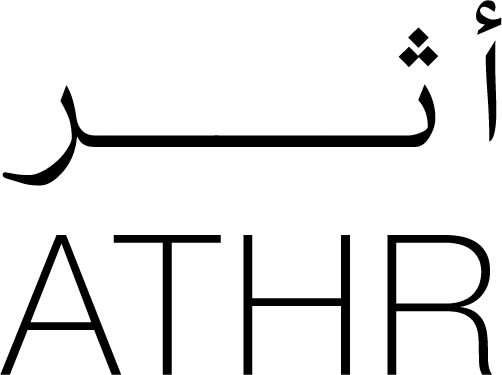
Ayman Yossri Daydban سعودي فلسطيني, 1966
Flag oo2, 2010
Metal
30 1/4 x 20 1/8 x 5 7/8 in
77.0 x 51.0 x 15.0 cm
77.0 x 51.0 x 15.0 cm
Copyright The Artist
In Ayman Yossri Daydban's flag series, there is a profound exploration of the symbolism and politics of national identity in a globalized world. Building on his original flag series, Ayman...
In Ayman Yossri Daydban's flag series, there is a profound exploration of the symbolism and politics of national identity in a globalized world. Building on his original flag series, Ayman gives the national icon new meanings, reflecting on the complexities of identity and the impact of globalization.
Earlier in his series, Ayman manipulated thin steel sheets by folding the sides inward with the triangular top folded down in the shape of the Arab revolt flag and its derivatives, which are now adopted by several Arab countries. However, in Ayman's version, the flags are stripped of their distinctive colors of black, green, white, and red. Instead, they are reduced to harsh metal surfaces that engage viewers as their distorted reflections appear in the glossy brushed surface.
Some of these flags are presented as human-sized stainless steel sheets of unfolded flags, measuring 100 cm wide and 200 cm high. The creases where the folds unraveled are clearly visible, marking the form of the flag. Ayman's reduction of the national symbol into flat sheets strips it of its formal function and challenges its traditional significance. This juxtaposition highlights the contrast between the rigid steel structure and the free-flowing fabric that typically flaps in the wind on high poles.
The flag series by Ayman Yossri Daydban captures the profound complexities of national identity and its relation to globalized politics. The work ridicules our obsession with notions of identity in a globalized world, an identity that Ayman describes as "an identity that is fragmented and has lost its form and meaning."
Earlier in his series, Ayman manipulated thin steel sheets by folding the sides inward with the triangular top folded down in the shape of the Arab revolt flag and its derivatives, which are now adopted by several Arab countries. However, in Ayman's version, the flags are stripped of their distinctive colors of black, green, white, and red. Instead, they are reduced to harsh metal surfaces that engage viewers as their distorted reflections appear in the glossy brushed surface.
Some of these flags are presented as human-sized stainless steel sheets of unfolded flags, measuring 100 cm wide and 200 cm high. The creases where the folds unraveled are clearly visible, marking the form of the flag. Ayman's reduction of the national symbol into flat sheets strips it of its formal function and challenges its traditional significance. This juxtaposition highlights the contrast between the rigid steel structure and the free-flowing fabric that typically flaps in the wind on high poles.
The flag series by Ayman Yossri Daydban captures the profound complexities of national identity and its relation to globalized politics. The work ridicules our obsession with notions of identity in a globalized world, an identity that Ayman describes as "an identity that is fragmented and has lost its form and meaning."
